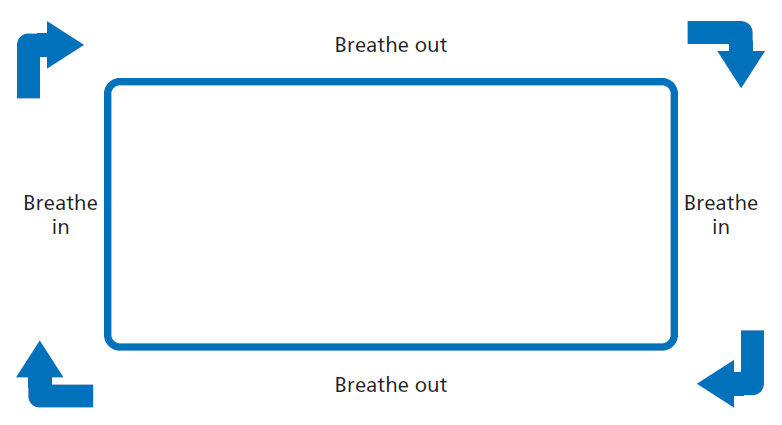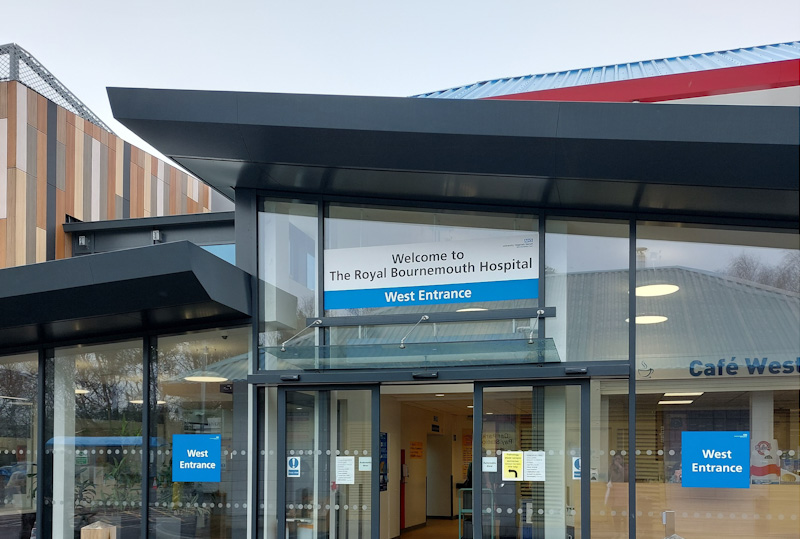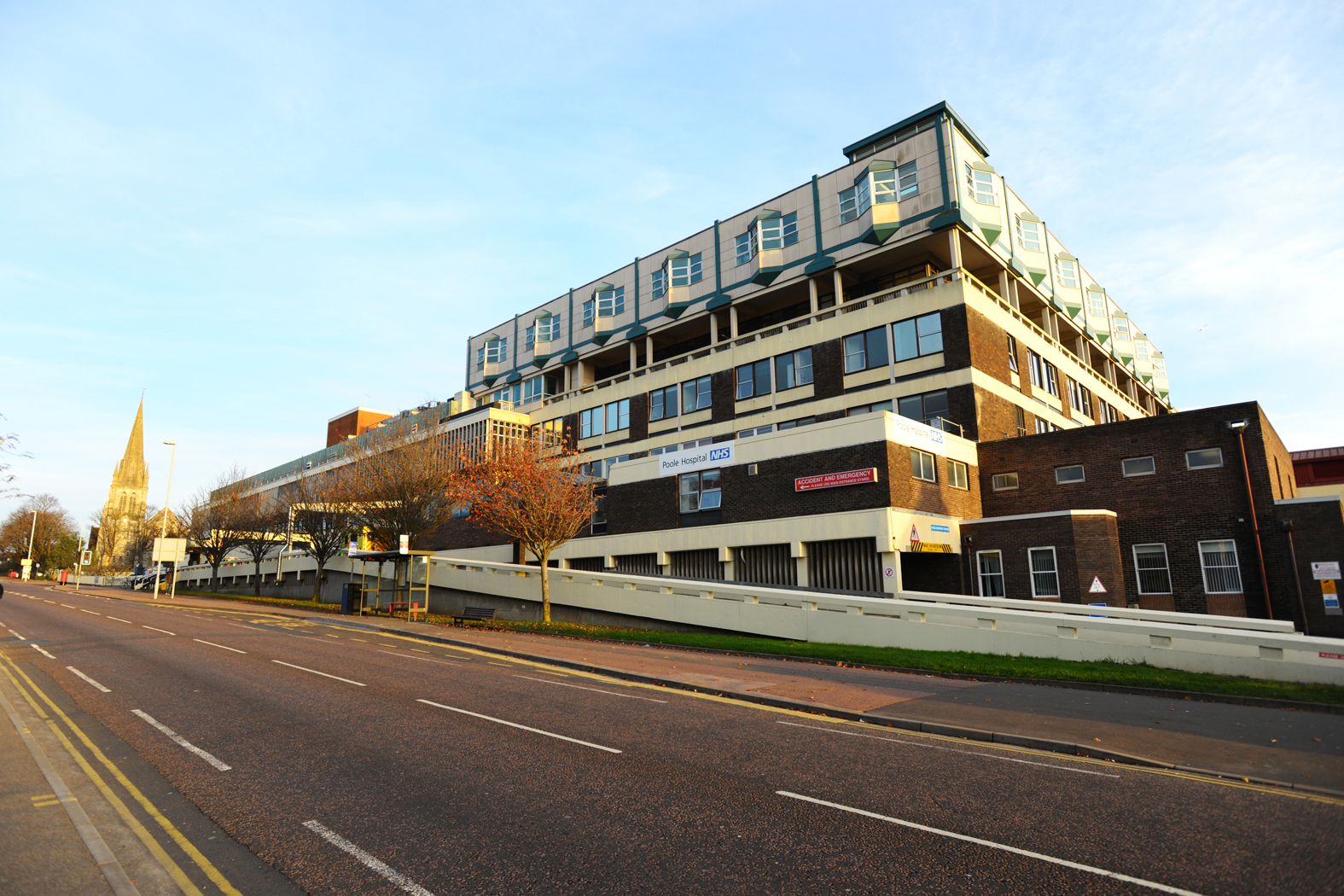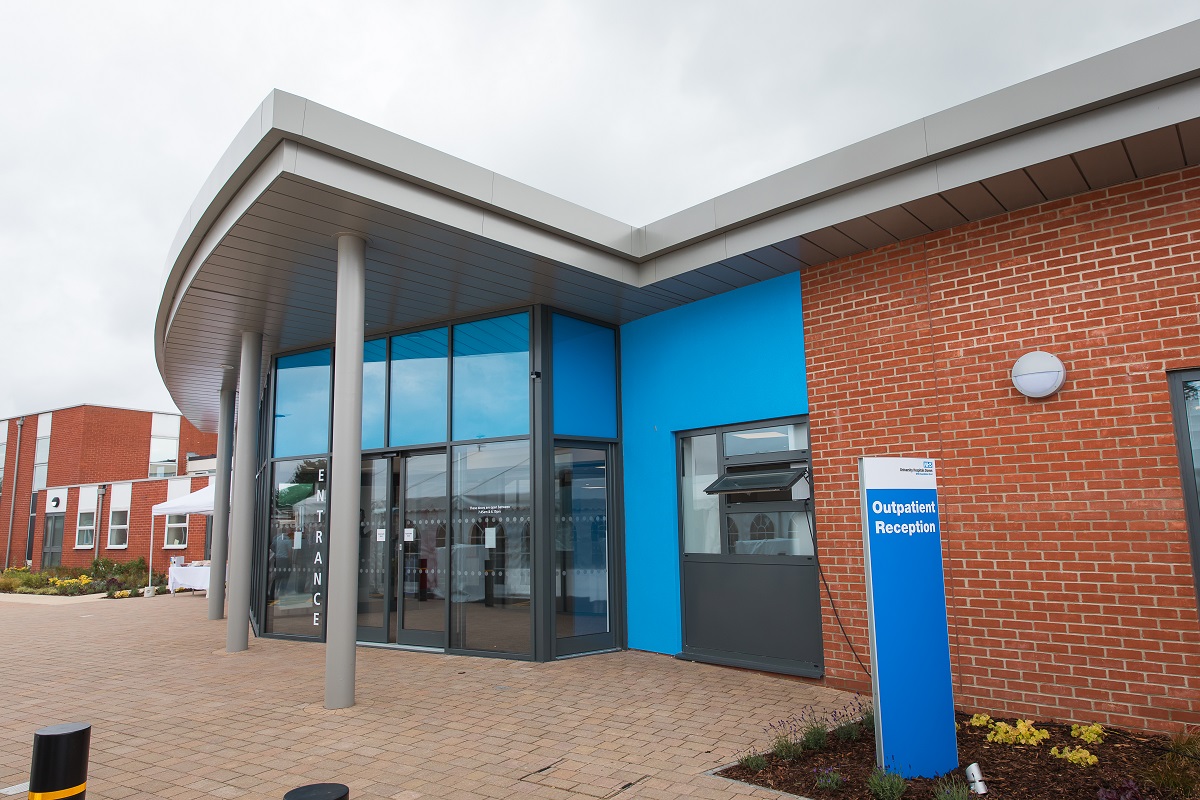Breathing Exercises
Active Cycle of Breathing Techniques (ACBT)
After critical illness, the muscles that help you breathe are weak. You may also have a lot of phlegm that needs to be cleared. The following exercises will help to strengthen your breathing muscles and make it easier to bring up phlegm.
There are 3 stages to the breathing exercises which you complete in a cycle (please see the diagram below).
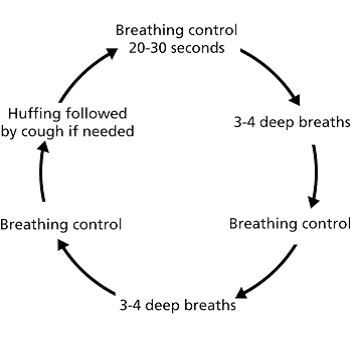
The techniques are flexible and can be varied to suit you.
Relaxed breathing or breathing control
This is normal gentle breathing. Use your tummy muscles gently to assist your breathing and relax the upper chest and shoulder muscles. This technique is useful to calm breathlessness and is used to relax between deep breathing and huffing.
Deep breathing
Take a slow deep breath, imagining that there is a band tied around your chest that you are trying to push away. Hold the breath in for a couple of seconds if you can, then breathe out gently. Only do 3 – 4 deep breaths at once.
Huffing
This is a medium sized breath in, followed by a fast breath out through an open mouth. Use your chest and stomach muscles to force the breath out. It is like steaming up your glasses to clean them. Huffing moves the phlegm along the airways to a point where you can cough them up. It is much more effective and less tiring than coughing.
Coughing
After 2 – 3 huffs and when you feel the secretions are ready to be cleared you can cough to clear the phlegm.
Breathlessness
You may not have thought about your breathing before. After a stay in Critical Care you may become aware that your breathing is more difficult than before. For some this can be worrying. You may have had a ventilator support your breathing whereby the ventilator pushes air in and out of your lungs, whilst also providing higher levels of oxygen. If you have been on a ventilator for several days your breathing muscles become weaker as they do not have to do as much work.
As you start to recover and strengthen these muscles you may notice your breathing. Simple tasks like getting dressed, washed, or walking a short distance may make you feel breathless. Feeling breathless may make you feel frighten, as if you cannot do the things, you did before. It is therefore important to gradually increase your activity levels to help build up your fitness which in turn will reduce your breathlessness.
As with all aspects of your recovery, it is important to balance pushing yourself and breathlessness. Having strategies that can help you manage will help you to take more control and can reduce associated anxiety when breathless or exercising.
Breathing control (Tummy breathing)
The aim of breathing control is to move from fast upper chest breathing to relaxed, slow tummy breathing – breath low, slow, relax and let go.
- Place one hand on your stomach – you should feel your stomach rise and fall with each breath in and out
- Take slower breaths in through your nose down into your tummy and then gently breathe out through pursed lips to create more room for the next breath in. Do not force your lungs completely empty.
The following positions supports the muscles in the body that help with breathing. When in these positions, relax your neck, jaw, shoulder, wrists and hands.

Lying on your front can help get more oxygen into your body, and aid mucus clearance.
Rectangular Breathing
- Get into a comfortable position where your arms and shoulders are relaxed.
- Close your mouth, and breathe in and out through your nose, make sure your nose is clear.
- Look at a rectangular object, e.g., window or TV screen.
- Trace the outline of the rectangle as you breathe, ensuring your breath out is longer than your breath in.
